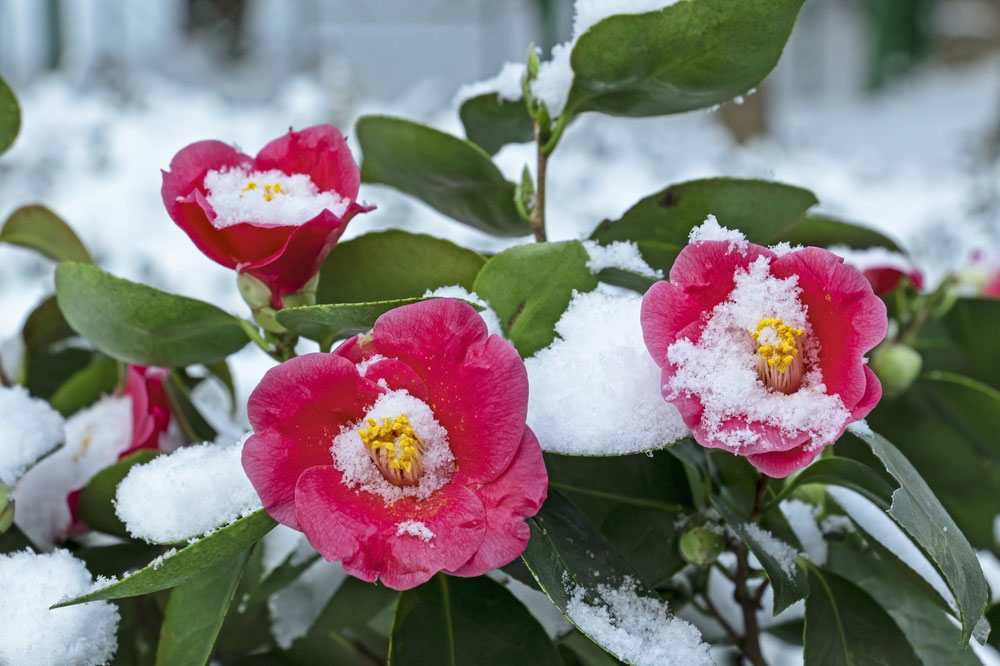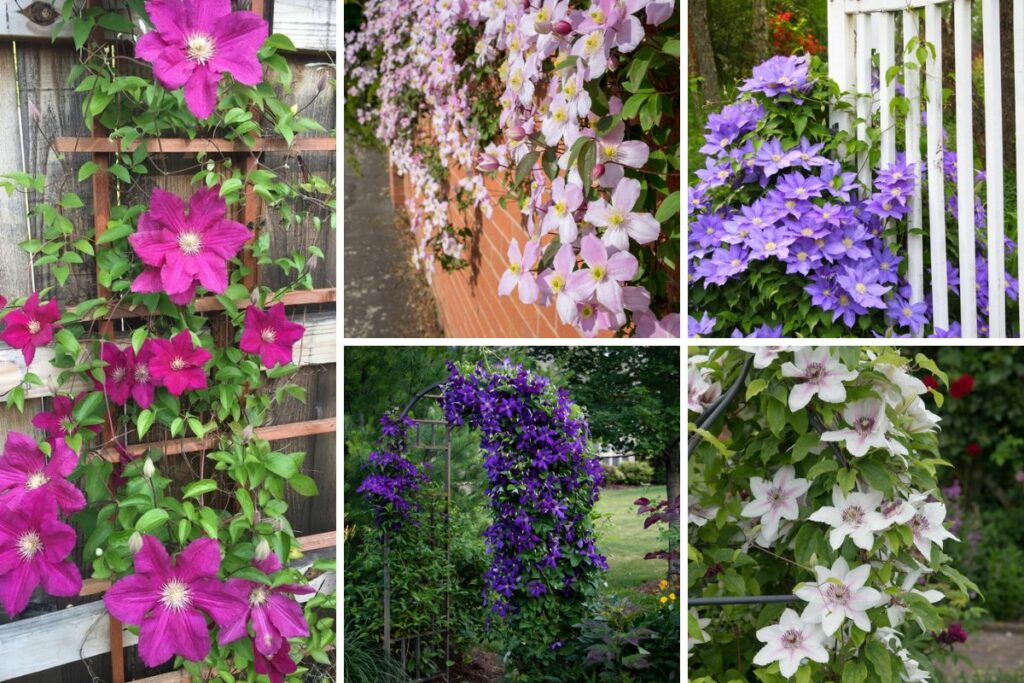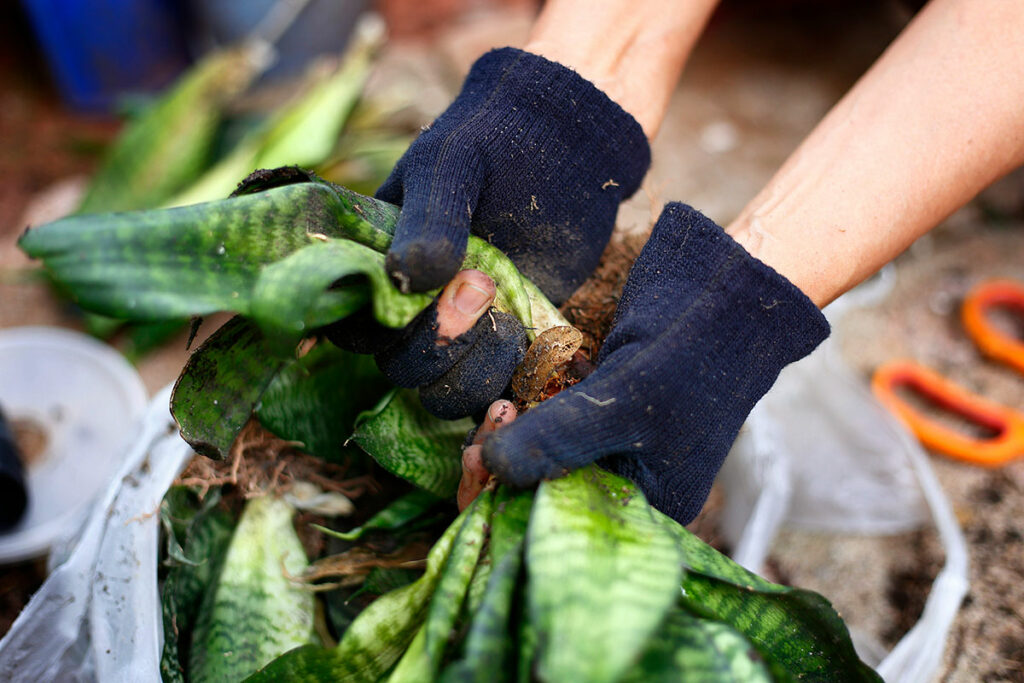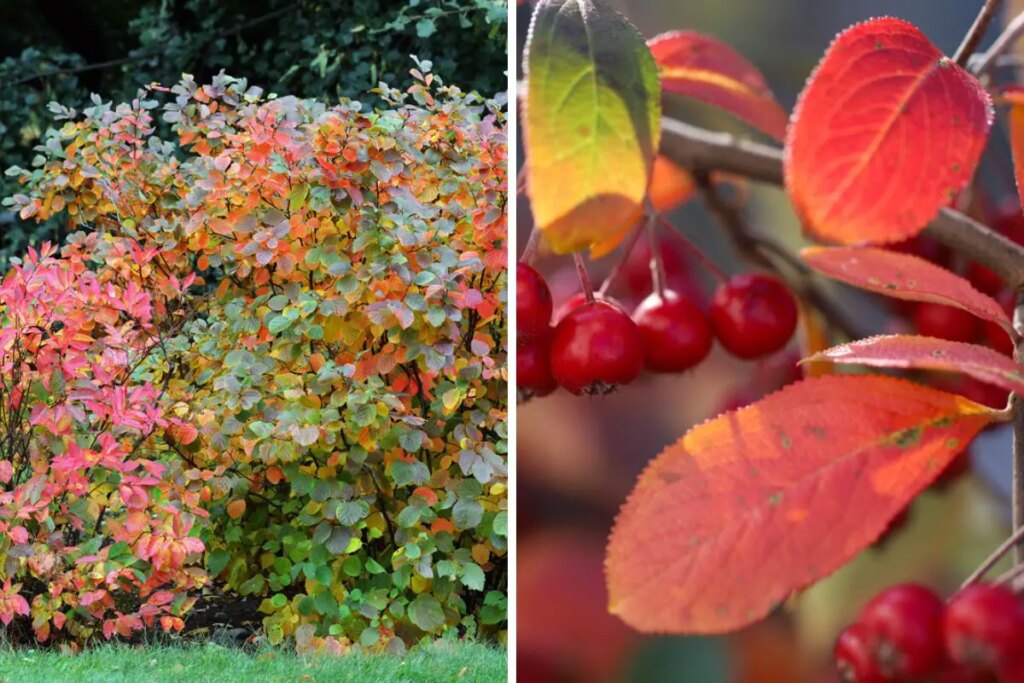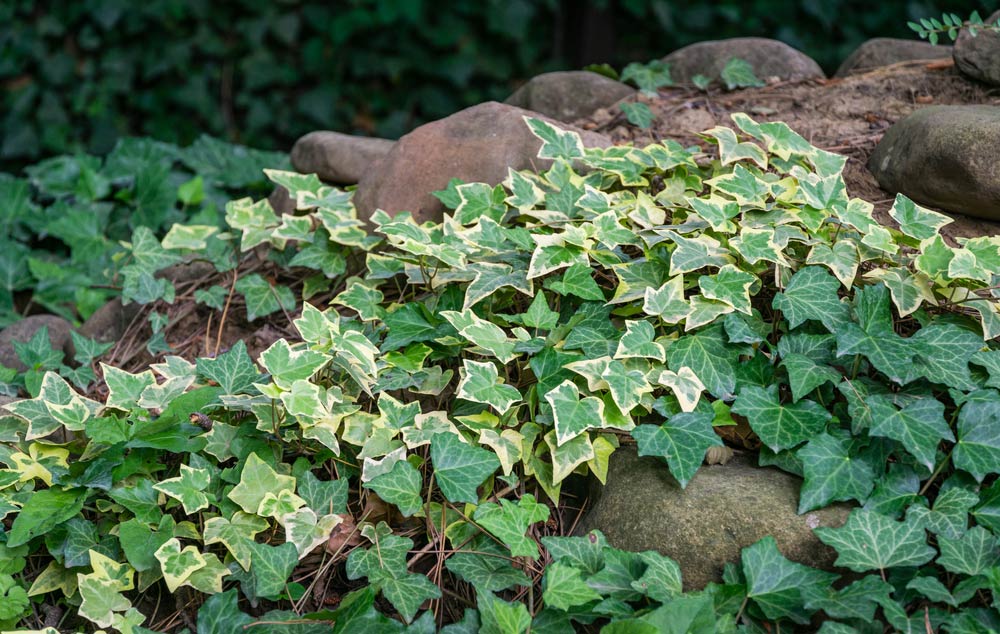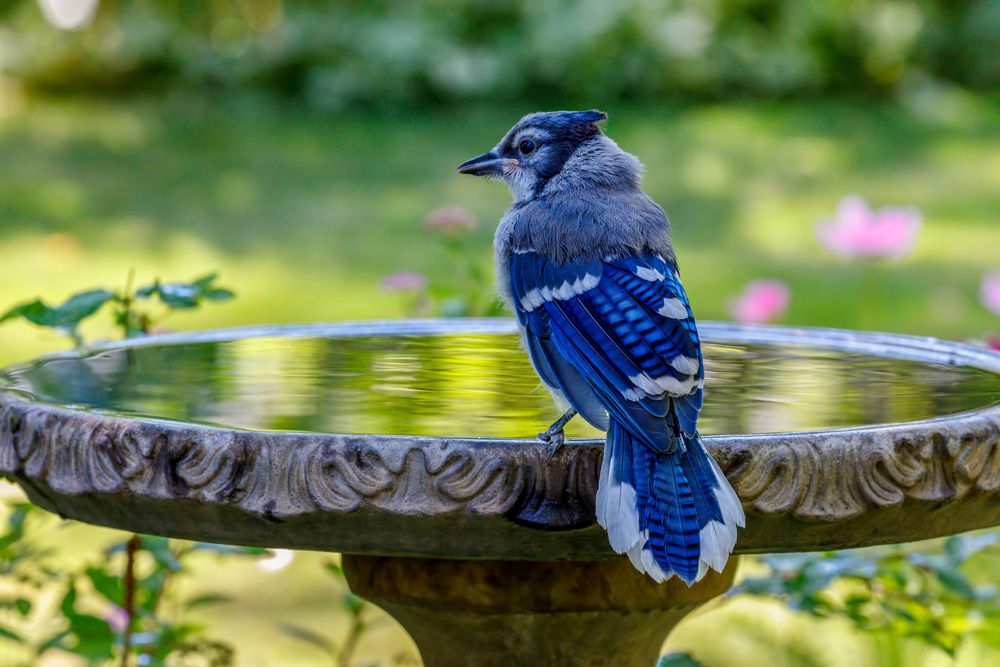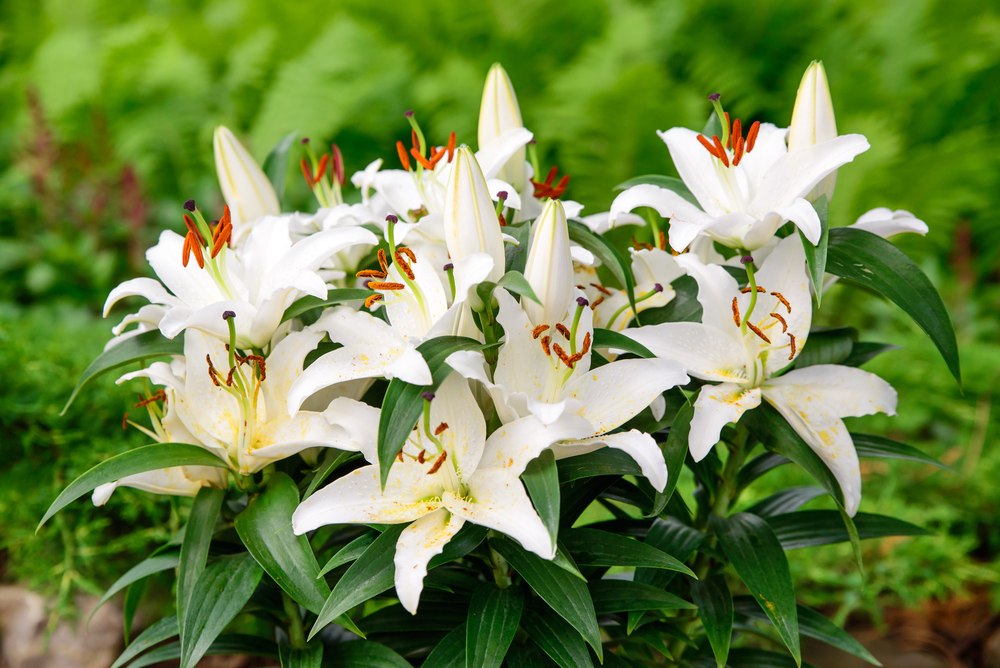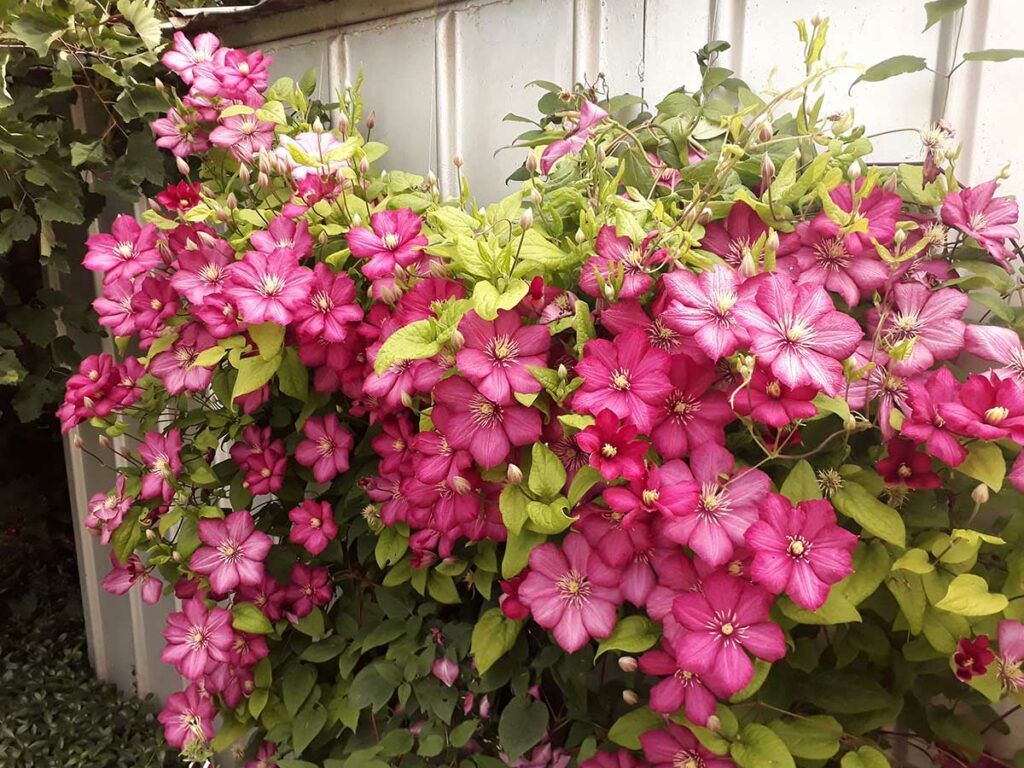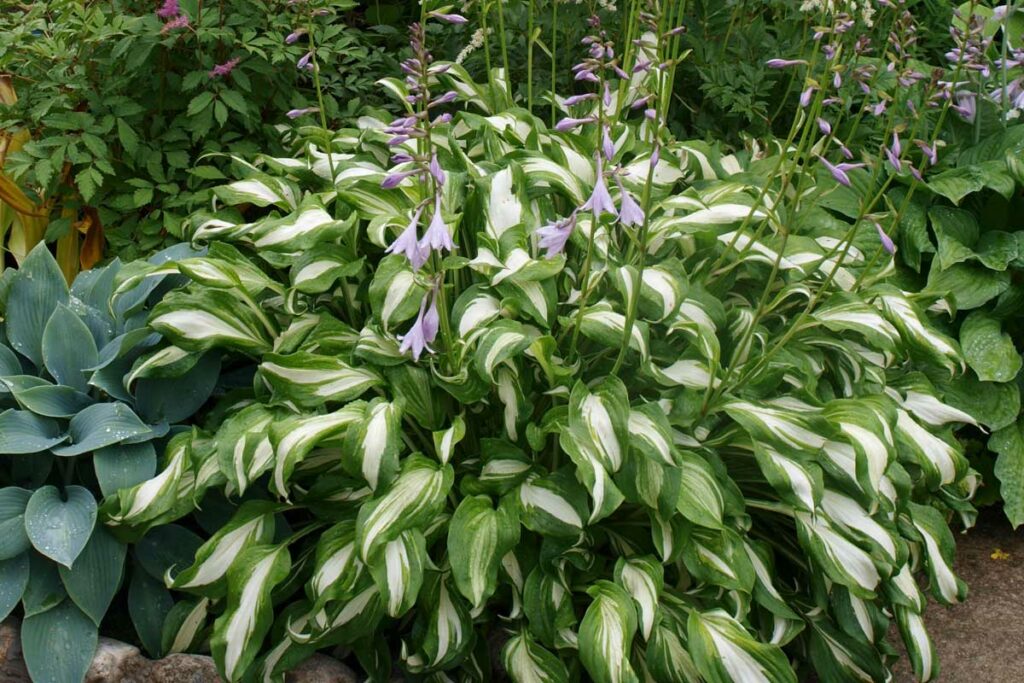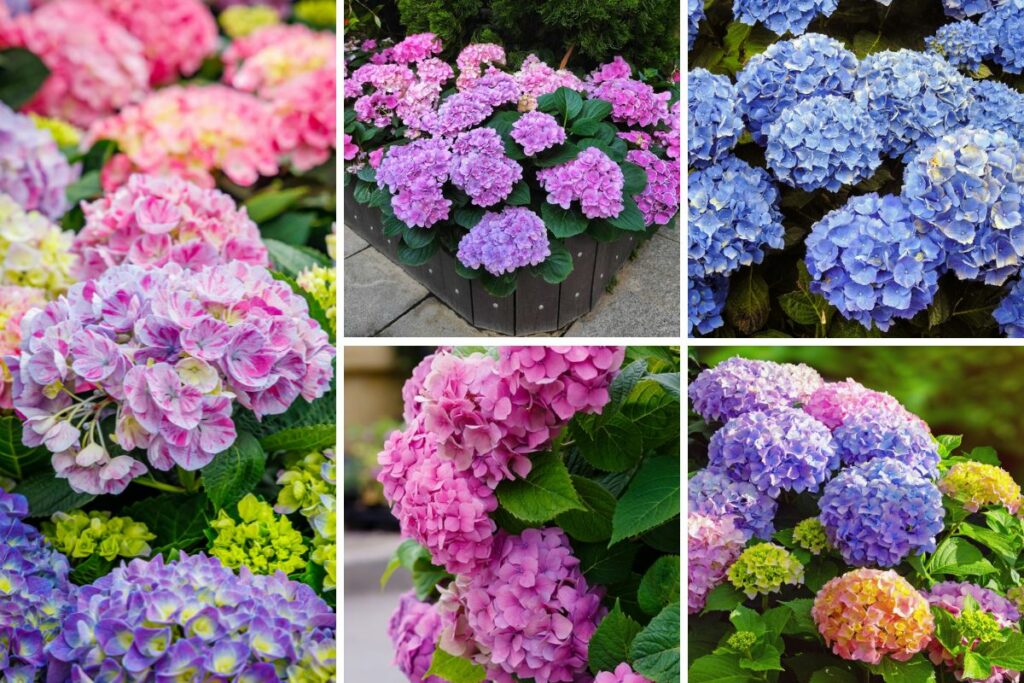
Hydrangeas are a popular choice among gardeners and homeowners due to their vibrant and beautiful flowers, which come in a variety of colors such as blue, pink, purple, and white.
Did you know that you can actually change the color of your Hydrangea blooms? This eye-catching transformation can add an exciting touch to your garden, and the process is relatively simple to follow.
To adjust the color of your Hydrangea flowers, you’ll need to pay close attention to the soil pH levels and the presence of certain nutrients, particularly aluminum ions.
Both factors play a significant role in determining the hues of the blooms, so understanding the science behind Hydrangea color variations is essential.
In the upcoming sections of this article, we will guide you through the steps necessary to modify your Hydrangea’s color, so you can be the envy of your neighborhood.
Understanding Hydrangea Color Change
Hydrangea flowers are well-known for their ability to change color, often leaving gardeners in awe. The color transformation mainly depends on the soil pH and the availability of aluminum in the soil. Let’s explore the factors that affect hydrangea color change and how you can play with these variables to achieve your desired shade.
Factors Affecting Color
Soil pH: The pH level of your soil largely determines the color of your hydrangea blooms. Acidic soils with a pH of 4.5 to 5.5 will produce blue flowers, while alkaline soils with a pH of 6.5 to 7.5 will result in pink flowers. It’s important to test your soil’s pH to understand which color your hydrangea is likely to display.
- Aluminum availability: Aluminum is a key component that influences the color of hydrangea flowers, specifically for blue hues. In acidic soil, aluminum becomes more available, which leads to blue blooms. On the other hand, alkaline soil reduces aluminum accessibility, resulting in pink flowers.
Application of additives: You can manipulate the color of your hydrangea flowers by making specific changes to your soil. To achieve blue flowers, it’s essential to increase aluminum availability in the soil. You can do this by applying aluminum sulfate or a soil acidifier. Conversely, if you’re aiming for pink flowers, you can add garden lime or potassium phosphate to decrease aluminum availability and increase the soil’s alkalinity.
Remember to always approach soil amendments with care, as too much alteration can harm your plants. It’s advisable to make gradual changes over time to avoid shocking your hydrangea. By understanding and managing these factors, you can control the color of your hydrangea blooms and have a beautiful, vibrant garden display.
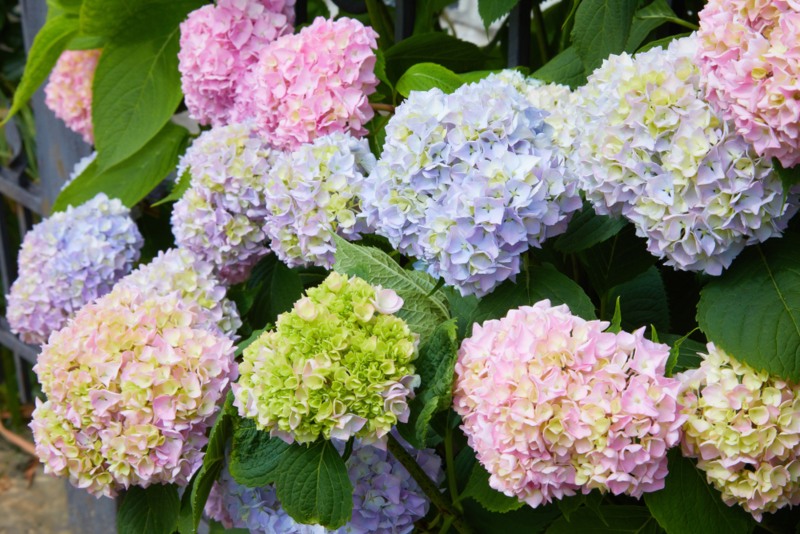
Preparing Your Soil
Testing Soil pH
To change the color of your Hydrangea, it’s essential first to test your soil’s pH. The pH level will determine the availability of specific nutrients, which ultimately affects the color of your blooms. You can purchase a pH testing kit from your local garden center or online.
- Collect a soil sample from around the root zone of your Hydrangea.
- Following the instructions on your testing kit, mix the soil sample with the provided solution.
- Wait for a color change, and use the supplied chart to determine your soil pH.
The optimal pH range for Hydrangeas is slightly acidic, with a pH of around 5.5 to 6.5.
Amending Soil
Once you know your soil’s pH, you can amend it accordingly to achieve the desired color for your Hydrangea:
- For blue flowers: Aim for a pH between 5.0 and 5.8. To lower the pH, you can use aluminum sulfate, which should be available in most garden centers. Follow the package instructions for the correct amount to apply.
- For pink flowers: Target a pH range of 6.0 to 6.8. To raise the pH, use garden lime (calcium carbonate), following the manufacturer’s guidelines for application rates.
Be sure to water the soil thoroughly after amending it, to help the amendments work effectively. Keep in mind that the process of changing Hydrangea colors can take a few months, so patience is key. Regularly monitor your soil’s pH and make adjustments as needed to ensure the best results.
Changing Hydrangea Color
Hydrangeas are beloved for their large, vibrant blooms, and their ability to change color based on the soil’s acidity and composition. In this section, we’ll discuss how to manipulate your hydrangea’s color through the soil’s pH level and aluminum availability.
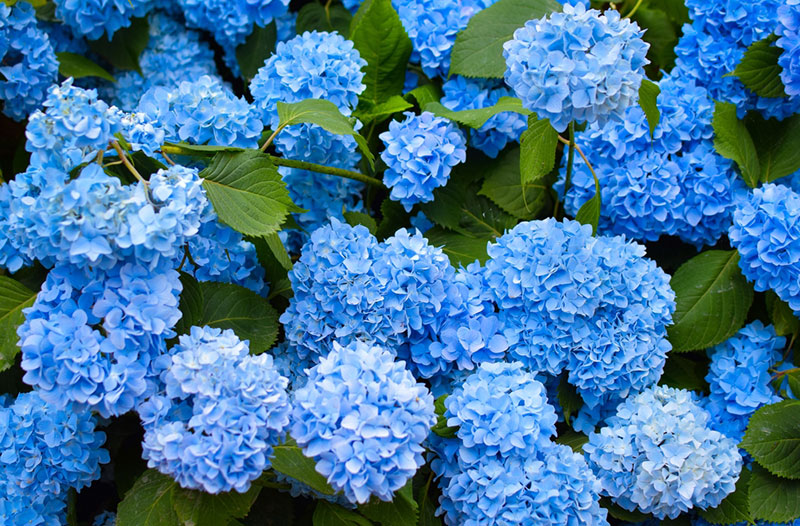
Turning Hydrangeas Blue
To turn your hydrangeas blue, you’ll want to lower the soil’s pH level by increasing its acidity. You can achieve this by:
- Adding sulfur or aluminum sulfate to the soil
- Using acidic fertilizers
- Applying vinegar in a 1:3 ratio with water
It’s essential to test your soil’s pH periodically, aiming for a pH between 5 and 5.5.
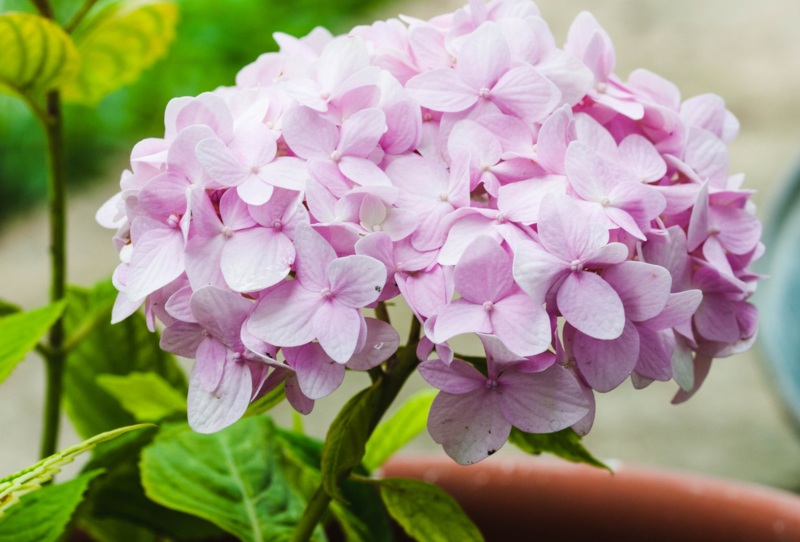
Turning Hydrangeas Pink
For pink hydrangeas, the goal is to raise the pH level in your soil and reduce aluminum uptake. To achieve this:
- Add lime to the soil
- Use alkaline fertilizers rich in phosphorus (this prevents aluminum uptake)
- Avoid using aluminum sulfate or sulfur-based treatments
Monitor your soil’s pH, aiming for a range between 6 and 6.5 for the best results.
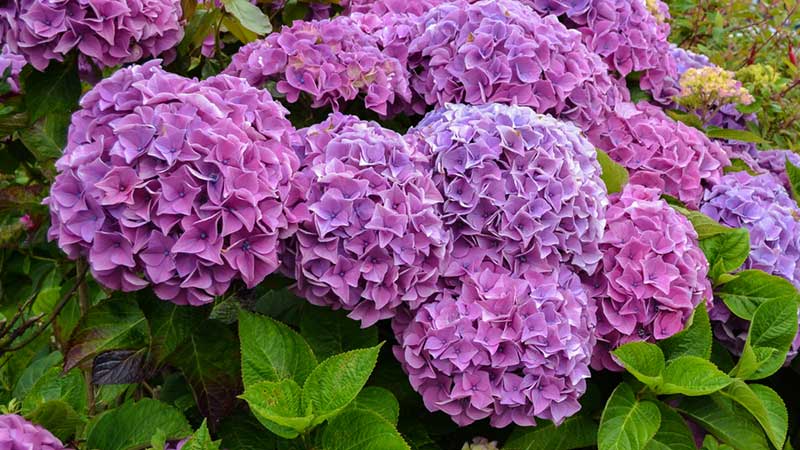
Creating Purple Hydrangeas
To achieve stunning purple hydrangeas, you’ll want to create an intermediate soil pH that’s slightly acidic to mildly alkaline. Follow these tips:
- Adjust the pH to be between 5.5 and 6
- Fine-tune the aluminum availability in the soil
- Experiment with treatments, such as dilute aluminum sulfate solution or a combination of acidic and alkaline fertilizers
Remember, patience is vital when working with hydrangeas, as their color might take time to manifest. Keep monitoring your soil conditions and adjusting as needed.
Maintaining Desired Color
Feeding and Fertilizing
To maintain your hydrangea’s desired color, it’s essential to feed and fertilize them properly. Use a fertilizer high in phosphorus to achieve a blue hue, while an alkaline soil with added lime will develop a pink shade.
For blue hydrangeas, apply a balanced 10-10-10 fertilizer. It’s important to remember that adding a source of aluminum, like Aluminum Sulfate, is necessary for the blue color.
For pink hydrangeas, apply lime to increase soil pH. Remember, you might need to reapply lime every few weeks to maintain the higher pH level.
Pruning and Care
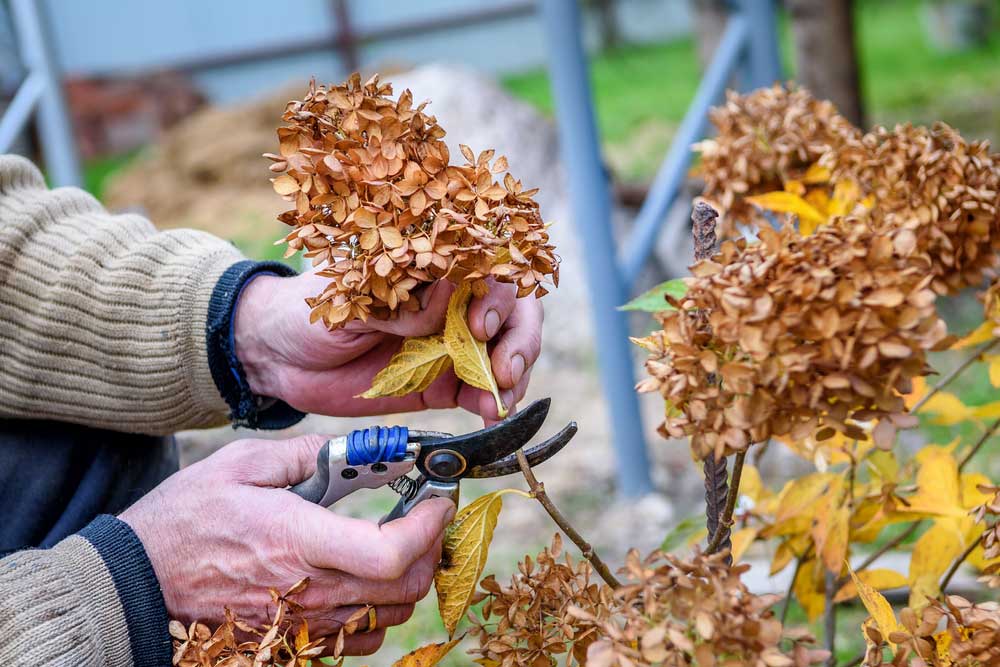
Pruning hydrangeas regularly contributes to their overall health and can affect their color. Perform a proper pruning process by following these steps:
- Identify old and new growth: Old growth has thicker, more robust stems while new growth will be thinner and more tender.
- Trim old growth: In late winter or early spring, cut back old growth to promote fresh blooms.
- Pamper new growth: Trim new growth only to shape it or remove dead or damaged stems.
Proper care and attention to your hydrangeas will result in a vibrant and eye-catching color display in your garden.
Common Problems and Solutions
Uneven Color Changes
Sometimes, you may notice that the color change of your hydrangea is uneven or blotchy. This can be caused by inconsistent soil conditions, inadequate sunlight, or uneven distribution of nutrients. Here are a few solutions:
- Test soil pH regularly: Make sure your soil has a consistent pH level throughout the plant’s root area. You can test the soil pH using a kit or a meter.
- Ensure even sunlight exposure: Make sure your hydrangea receives adequate sunlight evenly across the plant. Consider pruning branches that cast shadow on some parts of the plant.
- Apply nutrients evenly: When fertilizing your hydrangea, ensure an even distribution of nutrients by following the recommended application rates and using a spreader if necessary.
Preventing Color Reversions
In some cases, your hydrangea may revert back to its original color after a successful color change. To prevent this, follow these tips:
- Maintain consistent soil pH: Regularly checking and adjusting your soil’s pH level is crucial to maintaining the desired hydrangea color. Aim for a pH between 5.5 and 6.5 for blue, and 6.5 and 7.4 for pink.
- Monitor soil moisture levels: Dry or overly wet soil can cause color changes. Make sure the soil remains consistently moist without being waterlogged.
- Avoid using high-phosphorus fertilizers: Excess phosphorus can hinder color changes, so it’s best to use a fertilizer with low phosphorus content. Look for a fertilizer with a higher potassium-to-phosphorus ratio.
By following these steps, you can enjoy the vibrant colors of your hydrangea and address common issues effectively. Remember to keep an eye on your plant’s health and adjust your care routine as needed.





